 Matthew Luhn, digital
Matthew Luhn, digital  Copyright 2015 Disney Enterprises, Inc and Pixar Animation Studios.
Copyright 2015 Disney Enterprises, Inc and Pixar Animation Studios.
All rights reserved. No part of this book may be reproduced in any form without written permission from the publisher. ISBN: 978-1-4521-2228-1 (hc)
ISBN: 978-1-4521-4764-2 (epub, mobi) Artists included in cover image collage: Erik Benson, Max Brace, Jason Deamer, Harley Jessup, Jason Katz, Robert Lence, Matthew Luhn, Patrick McDonnell, Teddy Newton, Bob Pauley, Jeff Pidgeon, Joe Ranft, Chris Sanders, Domee Shi, and Nate Stanton Cover design by Liam Flanagan
Book design by Liam Flanagan and Neil Egan
Cover photograph by Deborah Coleman, Liam Flanagan, and Neil Egan Chronicle Books LLC
680 Second Street
San Francisco, California 94107
www.chroniclebooks.com
Contents
Foreword
At Pixar, every film we make is guided by the storys heart, by its core emotion. But as we work out a story, discovering its character development and the twists and turns of its plot, we also always keep an eye out for where the humor will be. Humor is not just a funny line of dialogue that can be said by any character. True humor comes from character, from a characters unique personality and the characters reaction to a particular set of circumstances.
Its no surprise, then, that story artists, with their incredible ability to bring characters and moments to vivid life, are often some of the funniest people youll ever meet. When you bring a group of story artists together into a single room, the result is magical. Whether theyre meeting to discuss a scene in the movie, or just goofing around, raucous laughter echoes from the story room every day. Ive always firmly believed that if youre having fun working on a film, that fun will come through on screen. And as youll see in these pages... theres not a group at the studio that has more fun than the story department.
John Lasseter  Joe Ranft, marker, pen, and pencil
Joe Ranft, marker, pen, and pencil
Introduction
This book is filled with images you were never supposed to see. Its a chance to peek behind the curtain at the wonderful, sometimes weird process of creation at Pixar. The following pages showcase sketches, doodles, half-thoughts, crude one-liners, complete non sequiturs, and a handful of brilliant ideas that were not intended to be shared with anyone outside of the story room in which they were created. They were drawn to inspiresimple gags created to make the filmmakers, and ultimately the audience, laugh. This book celebrates the moment when a spark of an idea can take shape and grow into something the world can enjoy. Every idea starts somewhereBuzz and the gang crossing a busy road under orange traffic cones; Mrs.
Incredible sailing her children to Nomanisan Island, her body stretched into the shape of a boat while her sons feet churn the open ocean like a propeller; or a monster emptying a full trash can onto a plate, turning the refuse into a gourmet lunch. Before these iconic moments made it to the screen, they existed as sketches, simple drawings created by skilled artists in the attempt to sell an idea. Often, in the development of our movies, the filmmakers will have a problem to solve or a moment in the movie that needs more entertainment. To remedy this issue, a team of artists (sometimes from across different departments throughout the company) will be assembled in the story room for what we affectionately call a gag session. The goal of this meeting could be quite broadperhaps the director feels the second act needs more humor. Or it could be targeted maybe trying to come up with fifty ways a room full of preschool toddlers could turn a toys life into a living hell.
Ideas fly fast and furious and if the room is successful, the director will walk away with something that is sure to make the movie stronger. The term gag session is nothing new to animation. Filmmakers have been tasking groups of artists to come up with humorous ideas for cartoons since long before the first animated feature was created. Early animated shorts were merely a handful of gags strung together to form a loose storyline. Walt Disney was notorious for paying cash on the spot to the person with a sessions best joke. Warner Bros animation would host No No Sessions, meetings in which people in the room were forbidden from saying no to any ideas (a tenet mirroring the Yes, and rule of acceptance in modern improv).
At Pixar, the gag session follows our predecessors examples. The funniest people in the company work together to solve a problem, committed to the belief that there are no bad ideas. The only rule is to try to make the person next to you laugh. Anything goes, and many times gags that we deemed too out there when pitched made it into the final film with great success (Buzz Lightyear switching to Spanish mode comes to mind). Its a shotgun approach to problem solving and a wonderfully spontaneous brain dump of creation. Having been lucky enough to be in the room for many sessions myself, I can tell you they are one of my favorite parts of the story process.
I love the energy of a group of artists building off each others ideas with a hive mind level of efficiency. Egos are checked at the door and most of the time no one can recall the origin of a gag. I might get a laugh for a drawing that was inspired by something another artist said in reaction to a third artists doodle. A gag session is a true team effort and a heck of a lot of fun. In your hands you hold a snapshot of the Pixar story process in its purest form, revealing the sometimes crude, but often hilarious path to creating our films. Its an opportunity to recognize the artists, many unseen, who lay the foundation of the studios sense of humor.
Its a chance to see a handful of gags, most of which were destined for the trash, but gave life to some of our proudest moments. Welcome to the Pixar story room.
Jason Katz Jason Katz, pencil
Jason Katz, pencil  Joe Ranft, marker
Joe Ranft, marker  Jason Katz and Robert Lence, marker and pencil
Jason Katz and Robert Lence, marker and pencil 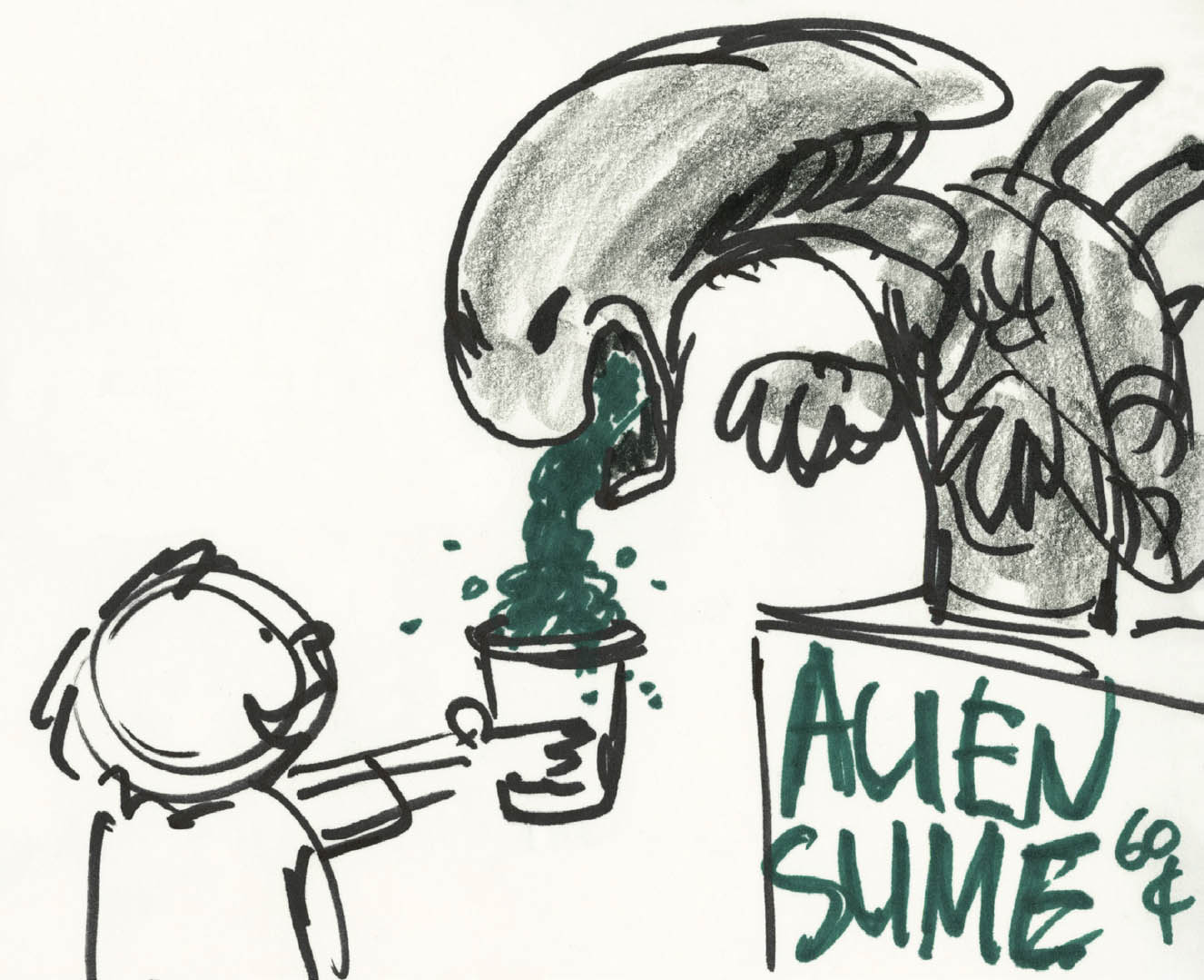 Jason Katz and Robert Lence, marker and pencil
Jason Katz and Robert Lence, marker and pencil  Chris Sanders, china marker
Chris Sanders, china marker 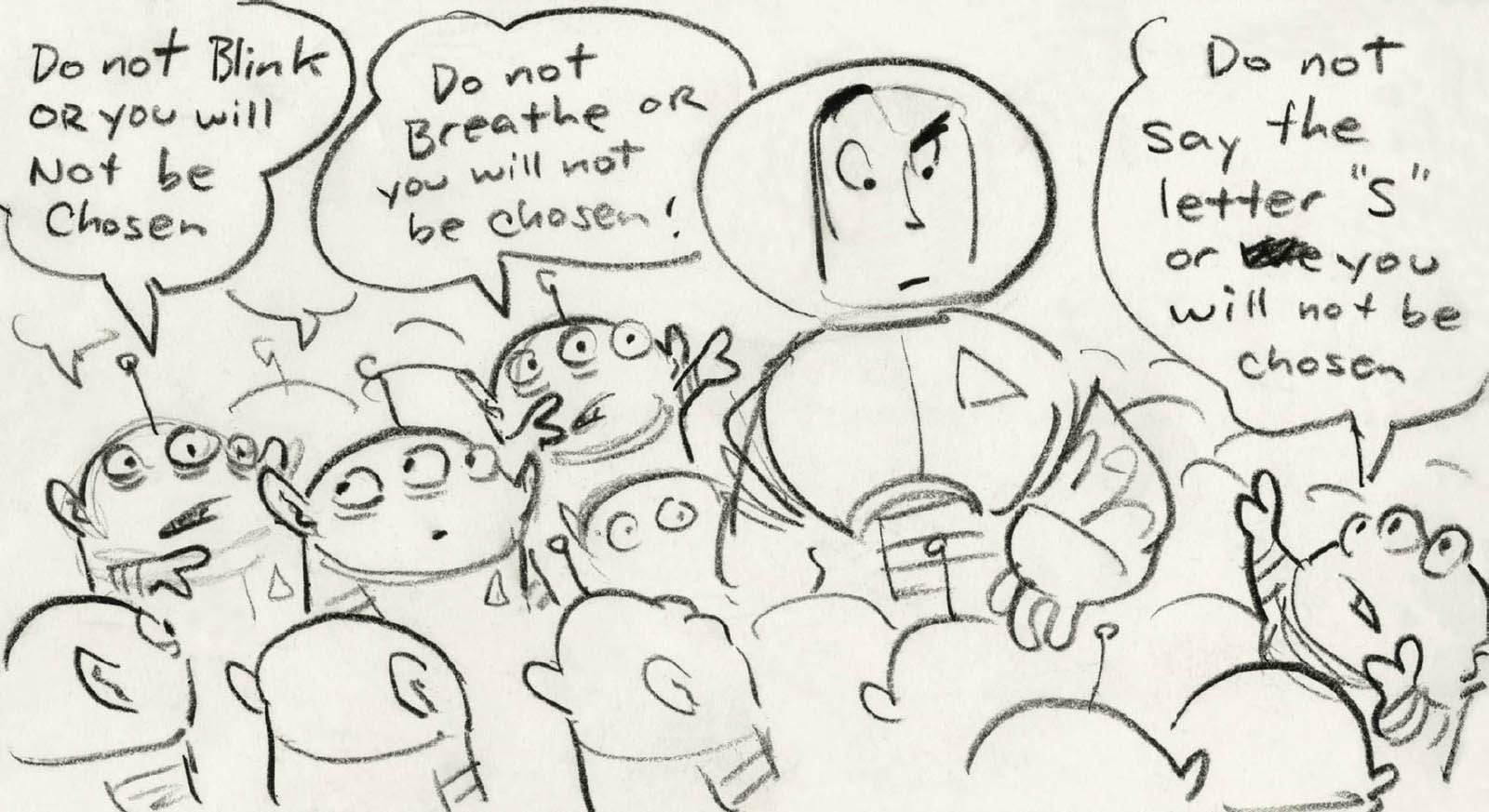 Chris Sanders, china marker
Chris Sanders, china marker  Chris Sanders, china marker
Chris Sanders, china marker 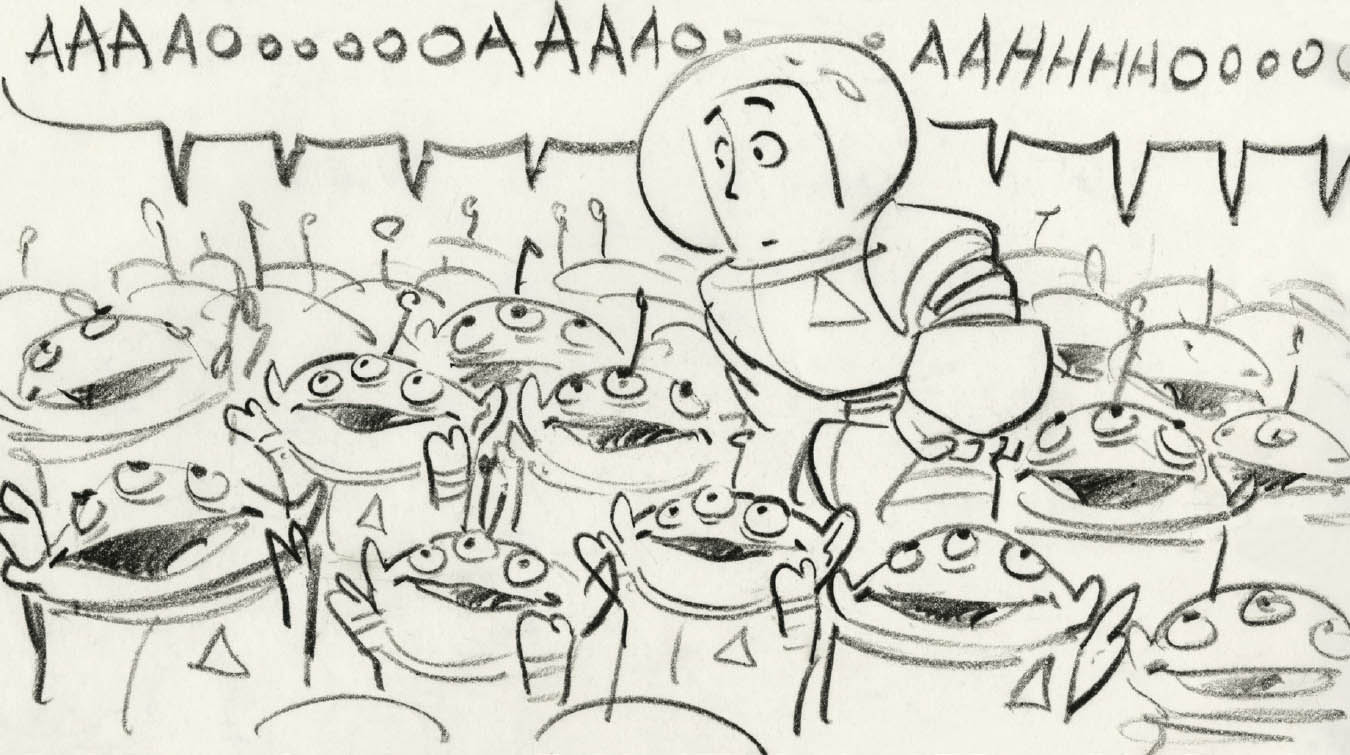
Next page

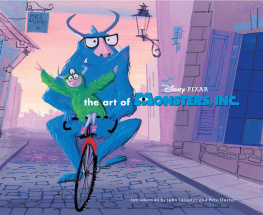
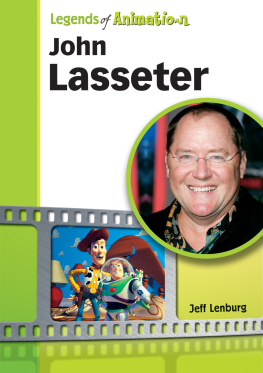

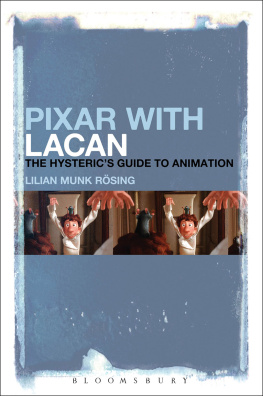
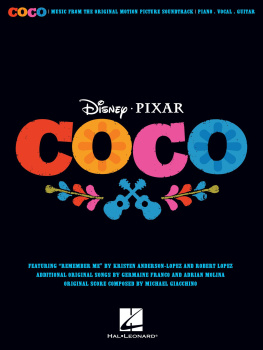
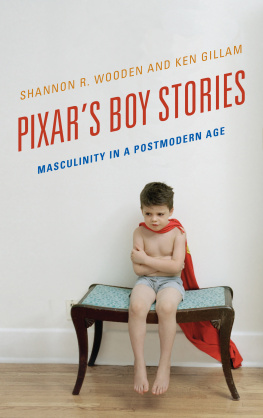

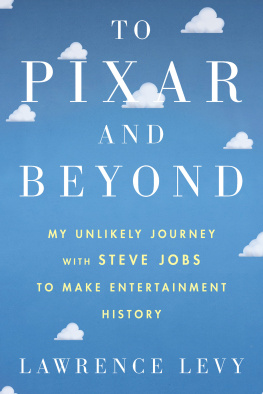
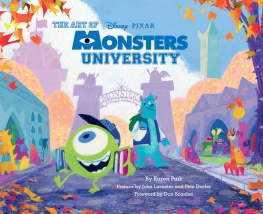
 Matthew Luhn, digital
Matthew Luhn, digital  Copyright 2015 Disney Enterprises, Inc and Pixar Animation Studios.
Copyright 2015 Disney Enterprises, Inc and Pixar Animation Studios. Joe Ranft, marker, pen, and pencil
Joe Ranft, marker, pen, and pencil Jason Katz, pencil
Jason Katz, pencil  Joe Ranft, marker
Joe Ranft, marker  Jason Katz and Robert Lence, marker and pencil
Jason Katz and Robert Lence, marker and pencil  Jason Katz and Robert Lence, marker and pencil
Jason Katz and Robert Lence, marker and pencil  Chris Sanders, china marker
Chris Sanders, china marker  Chris Sanders, china marker
Chris Sanders, china marker  Chris Sanders, china marker
Chris Sanders, china marker 